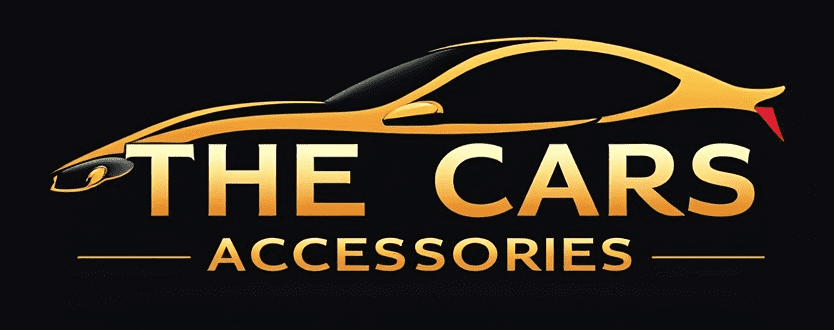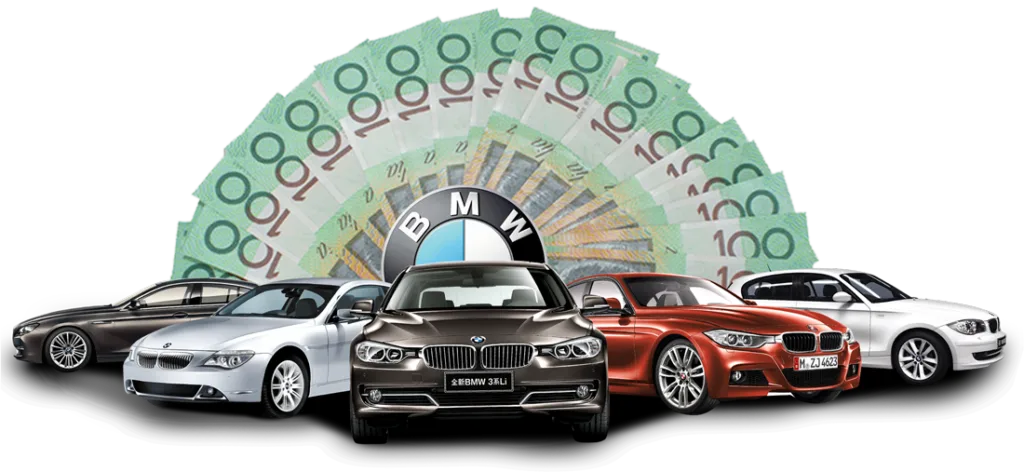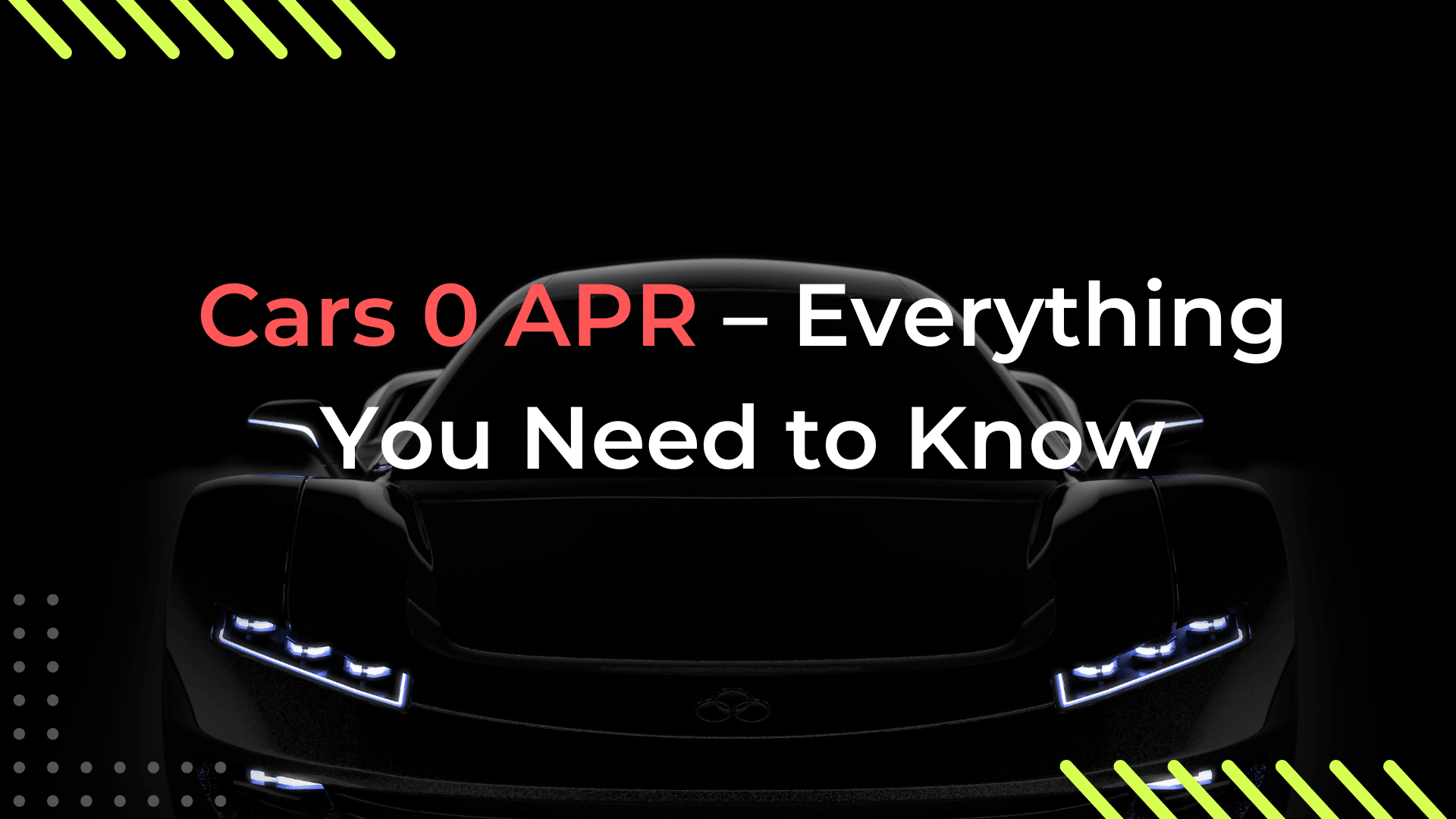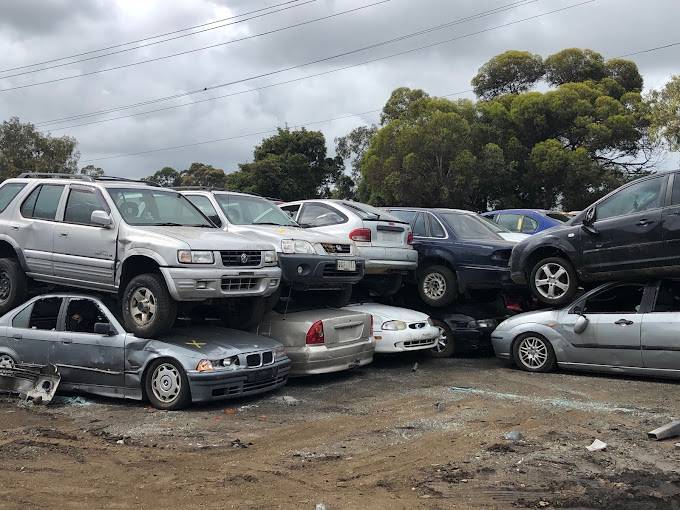Selling a car that does not start can seem difficult, but there are still ways to find buyers. Many people think a non-running vehicle has no value, but that is not true. Even if a car does not start, it may still have parts that can be reused or materials that can be recycled. Knowing the right steps can help you sell it without unnecessary trouble.
Understanding the Value of a Non-Running Car
A car that does not start can still hold value for different reasons. Some buyers may be interested in its parts, while others may want to repair and resell it. The value depends on factors such as:
- Make and model – Some brands and models have parts that are in demand.
- Condition – The overall state of the car, including body and interior.
- Age – Older cars may have rare parts that are hard to find.
- Market demand – Some buyers look for specific cars to fix or dismantle.
- Metal and materials – Even if the car has no working parts, it contains metal and other materials that can be recycled.
Knowing these factors can help in setting the right price.
Options for Selling a Car That Does Not Start
There are several ways to sell a car that is no longer running. Each option has its own benefits and challenges.
1. Sell It to a Scrap Yard
Scrap yards buy vehicles mainly for their metal content. They weigh the car and pay based on the current scrap metal rates. This is one of the simplest ways to get rid of a vehicle that is no longer working. However, the price offered may not be high since it is based only on weight, not on reusable parts.
2. Sell It for Parts
If the car has valuable components, selling the parts separately can bring in more money. Some of the most sought-after parts include:
- Engine and transmission (if they are still functional)
- Rims and tyres
- Lights and electrical components
- Seats and interior panels
Selling parts individually requires time and effort. It also requires tools and knowledge to remove parts properly without causing damage.
3. Sell to a Car Removal Service
Some companies buy unwanted cars, including those that do not start. They often collect the car from the owner’s location and offer cash based on its condition. This option is useful for those who do not want to deal with dismantling or transporting the vehicle themselves.
You can sell your unwanted car for cash by visiting https://www.cashforcarnearby.com.au/brands/bmw/
4. Sell to a Mechanic or Repair Enthusiast
Some mechanics or car enthusiasts look for vehicles they can repair and resell. If the car’s problem is not too serious, a buyer might be willing to fix it and use it again. This option may bring in more money compared to a scrap yard but requires finding the right buyer.
5. Trade It in for Another Vehicle
Some dealerships accept non-running cars as trade-ins. They may offer a discount on a new or used car in exchange for the old one. The trade-in value depends on the make, model, and condition. This method is practical for those who plan to buy another vehicle.
Preparing the Car for Sale
Even though the car does not start, a little preparation can help get a better price.
- Gather all documents – This includes the registration, service history, and any repair records. Having the right paperwork makes the sale smoother.
- Clean the car – A clean vehicle looks better, even if it is not working. Removing dirt and clutter can leave a good impression on buyers.
- Be honest about the condition – Buyers will want to know why the car does not start. Clearly explaining the problem avoids misunderstandings.
- Check for valuable parts – If selling the whole car does not bring a fair price, consider removing valuable parts before selling the rest.
The Role of Car Brands in Resale Value
Some brands hold their value better than others, even when the car is not running. European cars, for example, often have high demand for spare parts. A well-known brand can make the sale easier because buyers trust its quality. If the car is a luxury model, it may attract those looking for specific parts.
When selling an unwanted BMW, for example, there are buyers who specifically look for parts like engines, transmissions, and electronic systems. These vehicles are known for their engineering, and even when they no longer start, their parts can be useful for repairs. This makes them a sought-after option for dismantlers and mechanics.
How to Find Buyers
Once the decision is made to sell the car, the next step is finding a buyer. Here are some ways to do that:
- Online marketplaces – Websites where people buy and sell used cars can be a good place to list the vehicle.
- Local scrap yards – Contacting multiple yards helps in comparing offers.
- Car removal companies – Some businesses buy non-running cars and pick them up for free.
- Social media – Posting about the car in local groups can help find a buyer.
- Mechanics and workshops – Some workshops buy old cars for parts or repairs.
It is helpful to take clear photos of the car and write an honest description when listing it for sale.
Final Thoughts
Selling a car that does not start is possible with the right approach. Whether selling it as scrap, for parts, or to a buyer who wants to repair it, there are multiple options available. Preparing the car properly and finding the right buyer can make the process easier. Even a non-running car has value, so taking the time to explore different selling methods can lead to a better deal.





